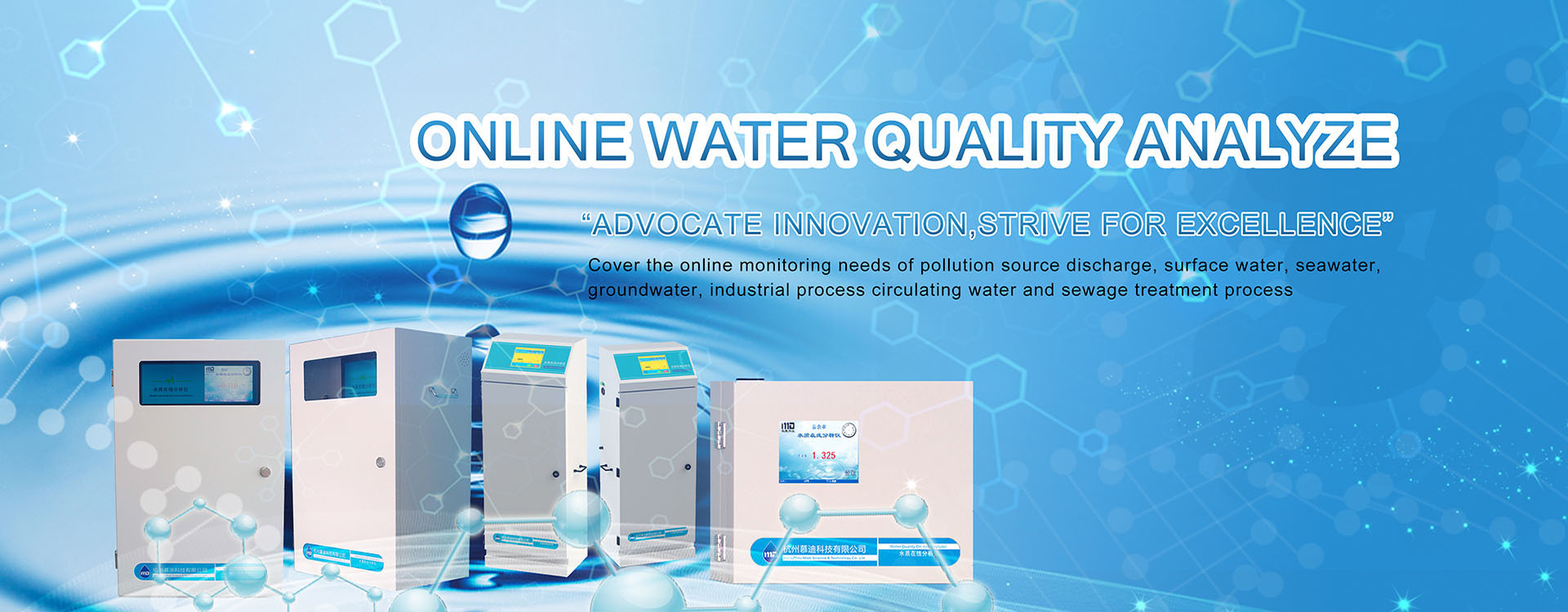In aquaculture, understanding water quality standards is essential! Key parameters define water quality, but what constitutes “good” water? Let’s explore the criteria for optimal aquaculture water quality.
Four Key Standards: Fertility, Dynamism, Youthfulness, and Clarity
Based on long-term practical experience, water quality is judged by four principles: Fertility, Dynamism, Youthfulness, and Clarity. Here’s what they mean:
- Fertility
– Refers to the abundance of organic matter and nutrients (e.g., nitrogen, phosphorus) that support plankton growth.
– Measured by total plankton biomass or digestible phytoplankton counts.
– In practice, water transparency (e.g., Secchi disk depth) is used to gauge fertility—lower transparency indicates richer nutrient levels.
- Dynamism
– Describes a dynamic ecosystem where biological and non-biological components (e.g., nutrients, dissolved oxygen) continuously interact, driving material cycles.
– Visible through changing water color and transparency due to shifts in plankton populations (e.g., dominance of *Cryptomonas* or *Gonyostomum* over harmful cyanobacteria).
– “Active” water avoids stagnation and supports balanced microbial activity.
- Youthfulness
– Indicates water that is nutrient-rich but not aged.
– Aged water turns bluish-green, rusty, gray-brown, or milky, signaling algal senescence (old, non-productive cells).
– Youthful water has algae in their growth phase, with active cell division and high photosynthetic efficiency.
- Clarity
– Emphasizes clear, non-turbid water with minimal suspended solids.
– High dissolved oxygen (DO) levels are maintained, supporting fish health.
– Achieved by balancing plankton populations and preventing organic debris buildup.
Practical Implications
Monitoring these parameters ensures:
– Efficient nutrient cycling for fish/shrimp growth.
– Prevention of algal blooms and hypoxia.
– Sustainable aquaculture productivity.
Using aquaculture water quality analyzers (e.g., DO sensors, turbidity meters, plankton counters) allows real-time tracking of these standards, enabling timely adjustments to feeding, aeration, or filtration.




